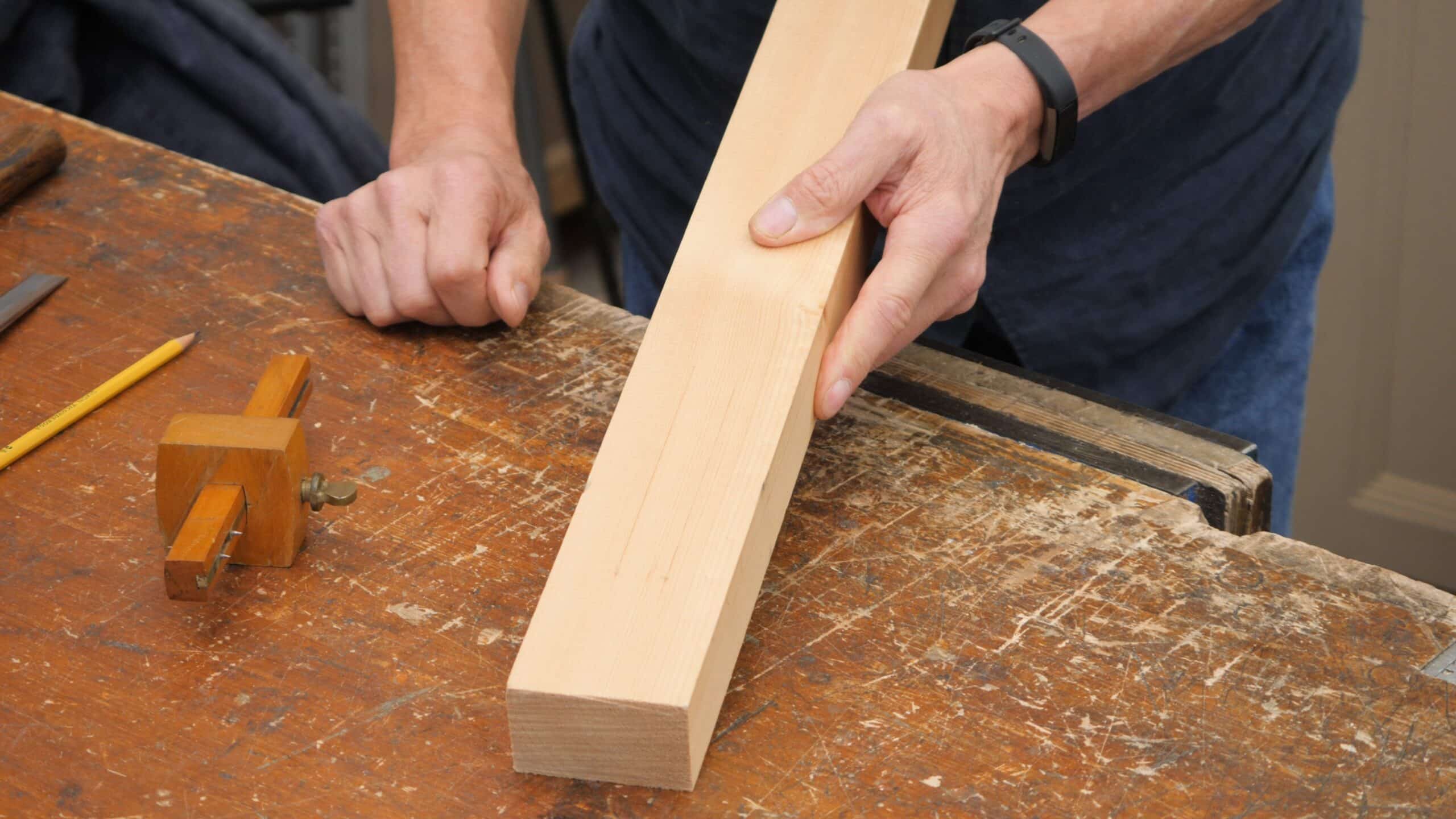Setting a Mortise Gauge
Posted 30 November 2017
This is a free video, want to watch it? Just log into the site, and you can enjoy this video and many more!
Using a mortise gauge help ensure mortise layout accuracy and consistency. This is critical when cutting a mortise. Paul shows how he centres the mortise gauge.


Could you talk a bit about how you decide how wide the mortise needs to be? I’ve heard of using 1/3 the width of the stile, but is that always correct? What type of exceptions would you make for this “rule of thumb”
Thank you.
Thanks. These little tips really shorten the learning curve for us beginners. I would have figured it out sooner or later but I’d rather spend my time practicing, practicing, practicing to develop my basic skills. Most so-called experts out there don’t even bother with any seemingly trivial details. Hey, everyone started as a beginner sometime. You’re the best.
Paul discusses mortise sizing here:
https://youtu.be/Y5YlDs9ZTug
Thank you for the link Philip. I also looked at the FAQ at Paul’s Blog.
It appears that the tenon dimensions aren’t critical in this situation, but I was curious if it mattered for the longevity of the legs when using U.S. dimensional lumber (our construction grade 2×4 studs are 1.5 inch by 3.5 inch whereas the UK sizing appears to be something closer to 1.75 inch by 3.75 inch)
That means the tenon, here in the U.S., is still pretty close to that one-third rule, but I was curious how much it mattered here and elsewhere.
I noticed that in the good old mortice gauges the slide for the second pin has a friction fit, it holds its position firmely as you move or even tap the head, these have become my favorite. I would suggest adding a small venner/paper shim glued in the slot can help achive the same with a loose slide.